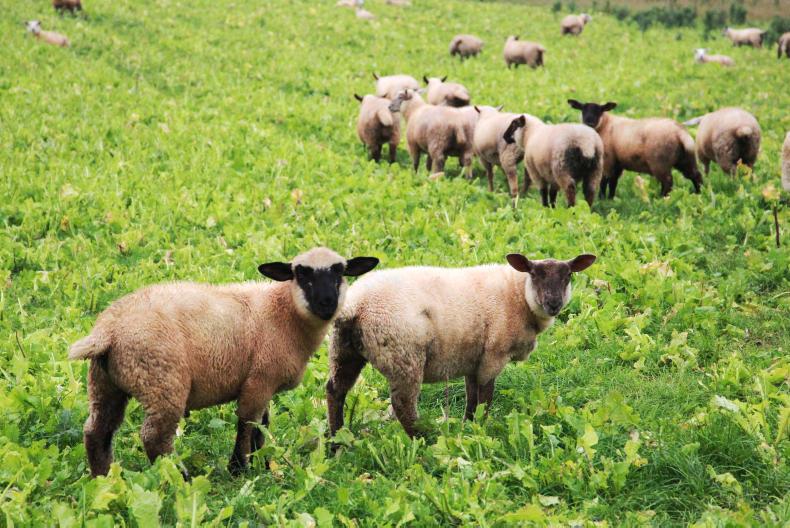The policy urges farmers to remember the sheep they supply are for human consumption and must be presented clean and dry for slaughter.
If sheep have a heavily contaminated fleece and are not fit for slaughter, they will be rejected.
As previously announced, the clean livestock policy for sheep operates three categories similar to those used for cattle:
Category A: satisfactory“Sheep with a clean dry fleece that can be slaughtered, without an unacceptable risk of contaminating the meat during the slaughter process, by using the standard hygienic dressing procedures routinely employed by the plant.”
Category B: acceptable“Sheep with moderate soiling of fleece that can only be slaughtered, without an unacceptable risk of contamination of the meat during the slaughter process, by putting in place additional interventions including extra defined dressing controls.”
Category C: unacceptable“Sheep with heavily contaminated fleece unfit for slaughter. These sheep must not be presented for ante-mortem in this condition and it is the responsibility of the food business operator to take the required remedial action.”
Good practices
Teagasc advises farmers to adopt key practices that will ensure lambs stay clean. Instructions are given to tail dock lambs in the first seven days of their life and to implement a parasite control programme to reduce scouring from internal parasites such as stomach worms, coccidia and liver fluke.
Lambs at grass should be moved to a clean pasture when conditions become muddy. Teagasc also advises not to spread excess nitrogen fertiliser on the grass they will be eating at the finishing period and to move feeders regularly to prevent poaching or muddy areas around them.
Recommended practices for indoor finishing include using well-ventilated housing, replenishing straw regularly if using straw bedding, or choosing slats that do not get blocked easily if using a slatted shed.
Teagasc also provides instructions on how to manage diets, pre-sale management and transportation to avoid fleece soiling and the guidelines are available online.
?
Read more
More dirty cattle at factories prompt action – sheep fleeces also targeted
The policy urges farmers to remember the sheep they supply are for human consumption and must be presented clean and dry for slaughter.
If sheep have a heavily contaminated fleece and are not fit for slaughter, they will be rejected.
As previously announced, the clean livestock policy for sheep operates three categories similar to those used for cattle:
Category A: satisfactory“Sheep with a clean dry fleece that can be slaughtered, without an unacceptable risk of contaminating the meat during the slaughter process, by using the standard hygienic dressing procedures routinely employed by the plant.”
Category B: acceptable“Sheep with moderate soiling of fleece that can only be slaughtered, without an unacceptable risk of contamination of the meat during the slaughter process, by putting in place additional interventions including extra defined dressing controls.”
Category C: unacceptable“Sheep with heavily contaminated fleece unfit for slaughter. These sheep must not be presented for ante-mortem in this condition and it is the responsibility of the food business operator to take the required remedial action.”
Good practices
Teagasc advises farmers to adopt key practices that will ensure lambs stay clean. Instructions are given to tail dock lambs in the first seven days of their life and to implement a parasite control programme to reduce scouring from internal parasites such as stomach worms, coccidia and liver fluke.
Lambs at grass should be moved to a clean pasture when conditions become muddy. Teagasc also advises not to spread excess nitrogen fertiliser on the grass they will be eating at the finishing period and to move feeders regularly to prevent poaching or muddy areas around them.
Recommended practices for indoor finishing include using well-ventilated housing, replenishing straw regularly if using straw bedding, or choosing slats that do not get blocked easily if using a slatted shed.
Teagasc also provides instructions on how to manage diets, pre-sale management and transportation to avoid fleece soiling and the guidelines are available online.
?
Read more
More dirty cattle at factories prompt action – sheep fleeces also targeted






 This is a subscriber-only article
This is a subscriber-only article











SHARING OPTIONS: